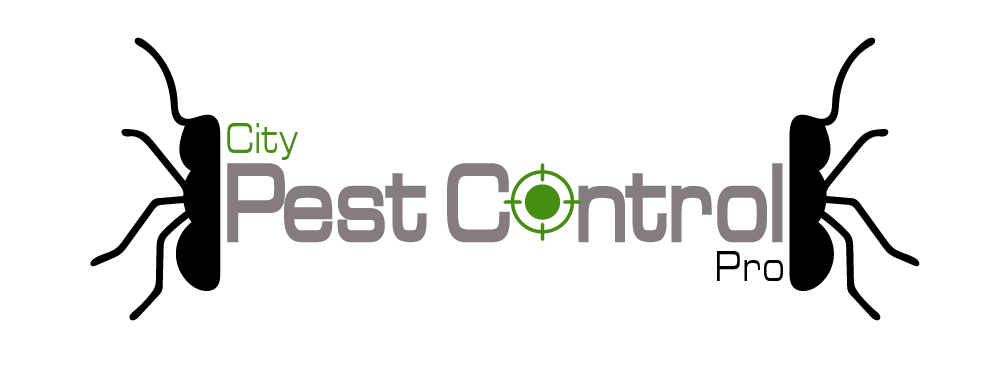After extensive research it is certain that a plains garter snake is not poisonous. Garter snakes are actually some of the safest and most beneficial snakes you will come across. Their diet consists of small rodents such as mice, rats, moles and voles – which can be a great asset in controlling rodent populations (if you’re having a problem with such varmints on your property).
Garter Snakes: Safe and Harmless
Garter snakes like this one can help control rodent populations – an asset to residents of many areas Picture by Carl Franklin
A garter snake is usually identified by its pattern. If it has 3 stripes on its back (called “stripes”), it can almost always be identified as a garter snake, though there are exceptions to every rule. A few non-venomous snakes can have stripes, but not many.
Garter snake heads are narrow and their pupils are round which is a good identification clue even though it isn’t foolproof. All garter snakes have scales under their bellies that run lengthwise – they’re called “Keeled” scales. If you look closely, garter snakes also have enlarged rear teeth in the back of their mouths that allow them to cut into prey items before swallowing them whole or in large chunks. They are the only North American snake with this adaptation
Here’s another view so you can see what I’m talking about when I say these are enlarged rear teeth Picture by Carl Franklin
Though garter snakes may not be poisonous, they do have a couple of interesting adaptations for subduing prey. Their jaws are loosely attached which allows them to open very wide, and they have some extra bones in their neck that allow them to spear wonderfully with their tongues.
Garter snake tongue-flicking is just one of the many reasons not to fear these beneficial snakes Picture by Carl Franklin Garter snakes can also produce musk, though it isn’t released unless they feel very threatened. If you’re holding your garter snake gently and he suddenly presses his tail against your hand or arm, you know why! Garter snakes can live up to 20 years in captivity under good conditions.
